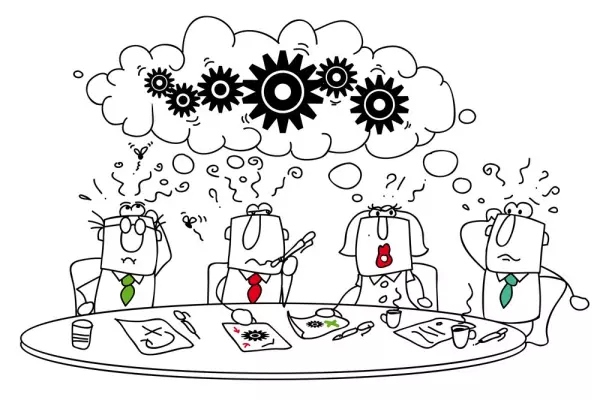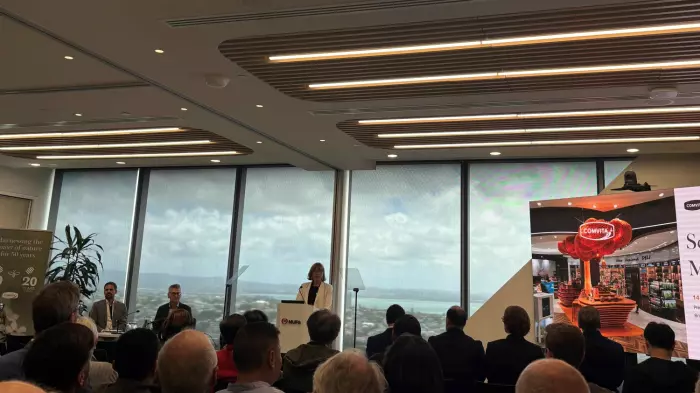It’s too early to place bets on Time magazine’s word of the year, but “hybrid” must surely be the hot favourite. Around the world, businesses are getting used to the idea that the old ways are over – that even post-lockdown, employees are reluctant to return to the office full-time. A flexible life and the benefits that come with it are just too hard to give up – and if someone’s current employer isn’t willing to adapt to this new world, there are plenty of others who are.
Today, I want to focus on this second group – companies that have decided to run with the hybrid business model (let’s loosely define it as “some employees work at home, some work in the office, some do a mix of the two”). Too many of these companies are acting as though, having made this change, the job is now done. But there are a number of ways in which a company switching to hybrid working without the right approach can miss out on many of the benefits, or even worsen some of the problems that remote working was meant to fix.
Hybrid working isn’t simply about where work is done, it’s an invitation to think about when and how it’s done, recognising that not all work is created equal and seizing the opportunity to rebuild work practices from the ground up. Here are the top seven things we ask clients to consider when going hybrid:
1. Flexible doesn't mean loose
To work effectively in a hybrid environment, you actually need more structure and constraints than you have in an old-school system. Hybrid work requires fundamentally different organisational processes to those of remote or in-person work: hyper-clarity around values, job expectations and standards to deliver to. My mantra is, “Write it, don’t say it.”
I’m a fan of “working agreements” as a way of being explicit about everything from decision rights to roles, responsibilities and communication expectations. A good service designer who specialises in ways of working can show you some examples of these and help you draft some to fit.
2. Work in the open
Integral to these agreements is a commitment to transparency by default. Working in the open boosts efficiency and minimises misunderstanding and conflict down the track. Stand-ups, retros, check-ins – these practices create transparency and accountability around each team member's contribution to business goals as well as keeping the team unified toward the same targets. These aren’t the long, open-ended, circling meetings that you may be familiar with. They are (often very) short, sharp, highly structured and disciplined sessions that are optimised to get the best value out of people's time.
3. Hybrid policies need to be co-designed with the team, not dictated by leaders
Collaboration and crowdsourcing are critical to hybrid success – nobody understands the challenges of working life like the workers, so let them lead and shape the solutions.
Successful companies give employees the autonomy to decide how work gets done rather than inflicting top-down direction (one size almost never fits all). They provide business-wide guidelines for work arrangements but let individual teams decide on specifics to suit their needs. This fosters agility and responsiveness (very important in an increasingly unpredictable world) and is part of a wider shift to measure outcomes, not activity. (Remember, as per above, this isn’t about being loose with expectations – it’s about giving staff the freedom and responsibility to deliver at a high level.)
What is needed from the top is leadership by example. The executive level needs to model remote working (actually, we prefer the term “distributed” working) – if your C-suite (comprising your chief executive officer, chief financial officer and chief operating officer, for example) is still coming into the office five days a week, employees will feel as though they have to do the same.
4. Hybrid firms should be digital-first
I argue that even if just one person is working remotely, leaders and systems should act as though everybody is. “Digital-first” levels the playing field by promoting a consistent and accessible experience where people are equally present and have the opportunity to be a part of the discussion. That might look like a “if one dials in, all dial in'' policy, using a digital whiteboard instead of a physical one (software like Miro and Mural are excellent options) or designating a “hybrid meeting facilitator”. Be intentional about inclusivity.
5. Don’t close down the office just yet!
The office working environment can still be a valuable tool for most businesses, enhanced with a new perspective that shared space is for teamwork first. Consider how your business can purposefully rather than randomly use shared space when required, prioritising depth over breadth for team time and organising, say, monthly events (with sufficient advance notice). Instead of telling Team A to come in on Tuesdays and Team B on Wednesdays, think about how you might regroup people (Agile’s Teams, Squads and Chapters are an example of this) and at what moments it helps to do so – eg, at the start of a project; when solving a new or complex problem; or onboarding a new employee.
6. Make the most of your tools
A lot of organisations invested in sophisticated software suites like Microsoft 365 then used them simply as another way to have meetings, rather than taking full advantage of their remote-working resources. These services were often rolled out fast when lockdowns hit, resulting in inadequate (or zero!) training and no thought given to the full range of capabilities they could offer. Fully realising your tools will allow you to operate more collaboratively and embrace asynchronous working (staff working at different times), a breakthrough that can make the biggest difference of all for distributed or hybrid teams. This doesn’t have to be an immediate and full scale-up – start simple and level up your use at a pace that suits.
7. Embrace asynchronicity (work-time variety)
Take the leap into asynchronicity (staff working at different times) by eliminating meetings, or at the very least challenging recurring meetings and moving status checks or information sharing into asynchronous formats like updates in-channel or over email. We encourage clients to engineer for async first – allowing team members to work on projects at different times to reduce the number of meetings, increase the number of inputs, and create psychological safety.
(Note that there’ll still be core, mutually agreed team hours where individuals are available to work synchronously in order to foster collaboration opportunities for teams working remotely.)
Yes, there’s a lot here, and much of it will be familiar to leaders who’ve experimented with frameworks like Agile and Teal, or who’ve adopted elements of human-centred design into the workplace. If that’s you, you’ll already know that the best organisations never stop working on these systems.
Even if you think your hybrid model is working perfectly, you still need review and renewal processes built into daily life. Failing to do that is how we ended up stuck with the old model for so long (until covid literally forced us to drop it). Norms and practices must continue to evolve as lessons are learnt, so commit to measuring outcomes and adjusting as you go.
The prize for getting this right is a high-performing business where recruitment and retention issues disappear, because employee aspirations inside and outside the workplace are being met. As a bonus, you’ll be creating an organisation which is future-fit and ready for the next major disruption, whatever that might be.
Victoria Mulligan is a principal designer at X is Y, an Auckland-based boutique management consultancy that partners with organisations to navigate and accelerate change in the digital age. She specialises in human-centred design and new ways of working.














